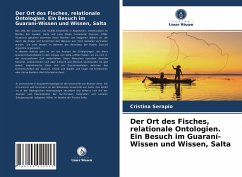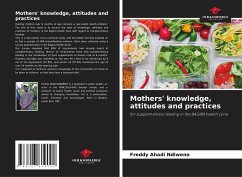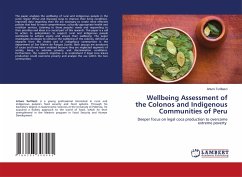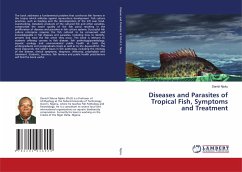
The place of the fish, Relational ontologies. A visit to the Guaraní knowledge and knowledge, Salta
Versandkostenfrei!
Versandfertig in 6-10 Tagen
27,99 €
inkl. MwSt.

PAYBACK Punkte
14 °P sammeln!
The Guaraní Nation concentrates 45,000 inhabitants in Argentina, specifically in its north: Salta and Jujuy (Mapa Continental Guaraní, 2016). Historically, these families descend from those indigenous people who were expelled from their territories, displaced by Western wars and battles. They are currently organized around the Assembly of the Guaraní People of Argentina.In this essay, we are interested in analyzing the dispossessions suffered by these Guarani-Chané-Tapiete peoples in the yungas of Salta, where they settle pre-state. These people speak the same language, but are culturally ...
The Guaraní Nation concentrates 45,000 inhabitants in Argentina, specifically in its north: Salta and Jujuy (Mapa Continental Guaraní, 2016). Historically, these families descend from those indigenous people who were expelled from their territories, displaced by Western wars and battles. They are currently organized around the Assembly of the Guaraní People of Argentina.In this essay, we are interested in analyzing the dispossessions suffered by these Guarani-Chané-Tapiete peoples in the yungas of Salta, where they settle pre-state. These people speak the same language, but are culturally and ethnically different from each other. However, there are interethnic marriages and coexistence between the Guaraní, Chané and Tapiete communities, and even with Creole or Karay (non-indigenous) settlers.






![The Visit of the Tenant-farmer Delegates to Canada in 1890 [microform] Cover The Visit of the Tenant-farmer Delegates to Canada in 1890 [microform]](https://bilder.buecher.de/produkte/66/66148/66148008n.jpg)





